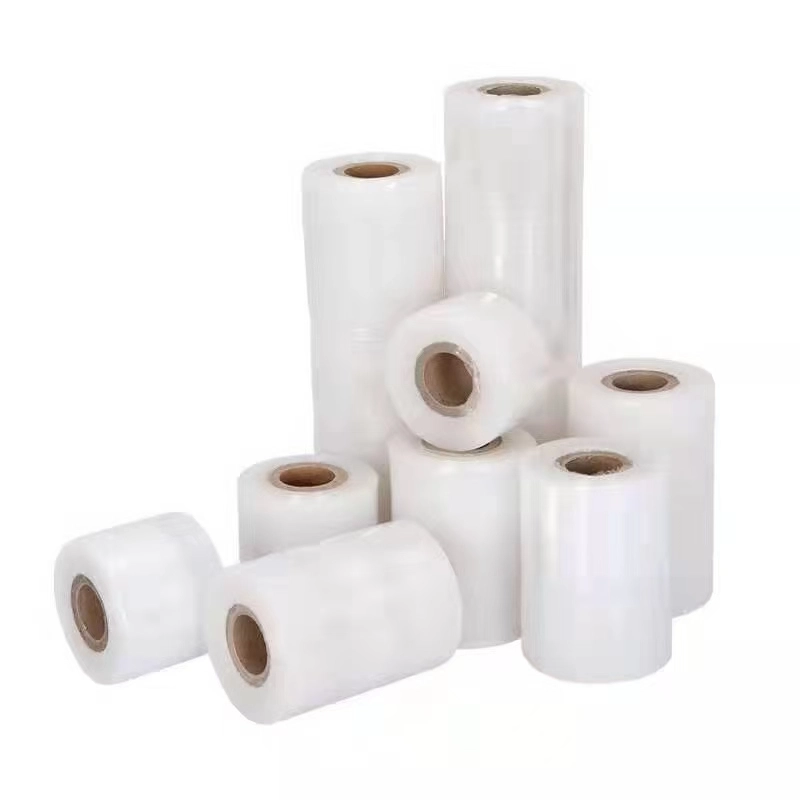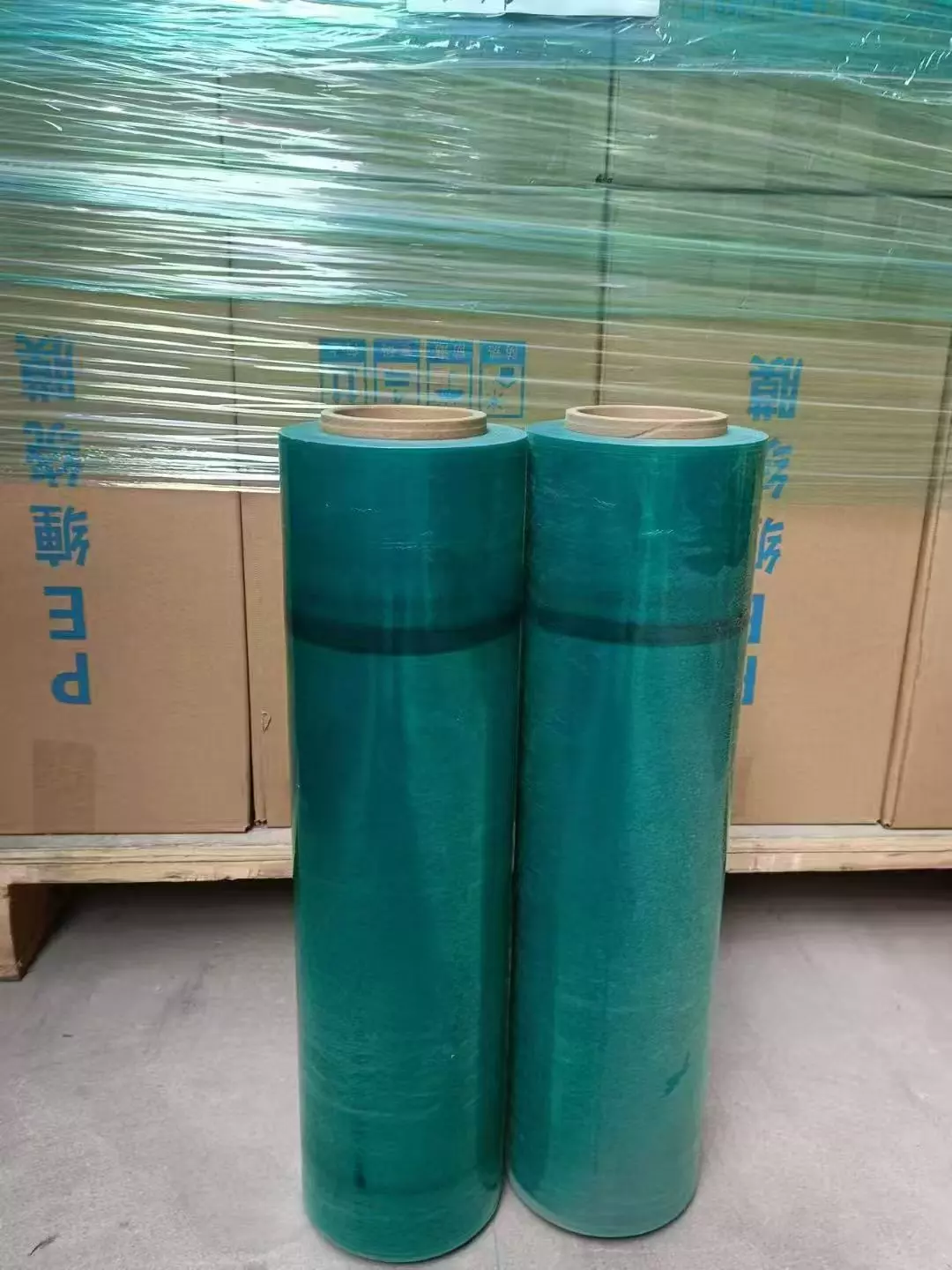Tips for Storing and Handling Hand Stretch Film Rolls Safely
Release time: 2025-10-29
Table of Contents
Hand stretch film is widely used in warehouses, shipping, and logistics to secure pallets and protect products during transport. While it may seem like a simple material, improper storage and handling can lead to damaged rolls, wasted material, and even safety hazards. Here are some practical tips to help you store and handle hand stretch film rolls safely.
1. Store Rolls in a Cool, Dry Place
Temperature and humidity play a big role in the performance of stretch film. Store rolls in a cool, dry area away from direct sunlight and heat sources. High temperatures can cause the film to soften or stick together, while moisture may affect cling properties and make the film difficult to use.
2. Keep Rolls Upright or on Proper Racks
Always store hand stretch film rolls upright on pallets or in racks designed for film storage. Avoid stacking them horizontally on the floor for long periods, as the weight from other rolls can deform the edges and cause uneven wrapping during use. Racks or vertical storage ensures that the rolls maintain their shape and stay ready for smooth application.
3. Avoid Sharp Objects and Rough Surfaces
When moving or handling stretch film rolls, be careful to avoid contact with sharp edges or rough surfaces. Scratches, tears, or punctures can reduce the effectiveness of the film and lead to wasted material. Always use protective equipment or a dolly when transporting heavy rolls.
4. Use Proper Lifting Techniques
Stretch film rolls, especially industrial-sized ones, can be heavy. To prevent injury, always lift with your legs and not your back. If a roll is too heavy for one person, use a team lift or mechanical assistance such as a pallet jack or forklift.
5. Maintain Clean Storage Areas
Dust, dirt, and debris can stick to the surface of the film, reducing its cling and making wrapping more difficult. Keep storage areas clean, and consider using protective covers on rolls that are stored for a long time.
6. Rotate Stock Regularly
Like any consumable, stretch film has an ideal usage period. Practice a “first in, first out” (FIFO) system so that older rolls are used before newer ones. This helps maintain consistent performance and reduces the chance of using damaged or degraded film.
7. Train Staff on Safe Handling Practices
Ensuring that warehouse or logistics staff know how to handle stretch film properly is key. Training on lifting techniques, storage methods, and damage prevention can reduce accidents and material waste.
Conclusion
Proper storage and handling of hand stretch film rolls are essential for safety, efficiency, and cost savings. By keeping rolls in a cool, dry place, storing them upright, avoiding damage, using safe lifting methods, and training staff, you can ensure your stretch film performs reliably and lasts longer. These simple practices protect both your products and your team while maximizing the value of your packaging materials.


